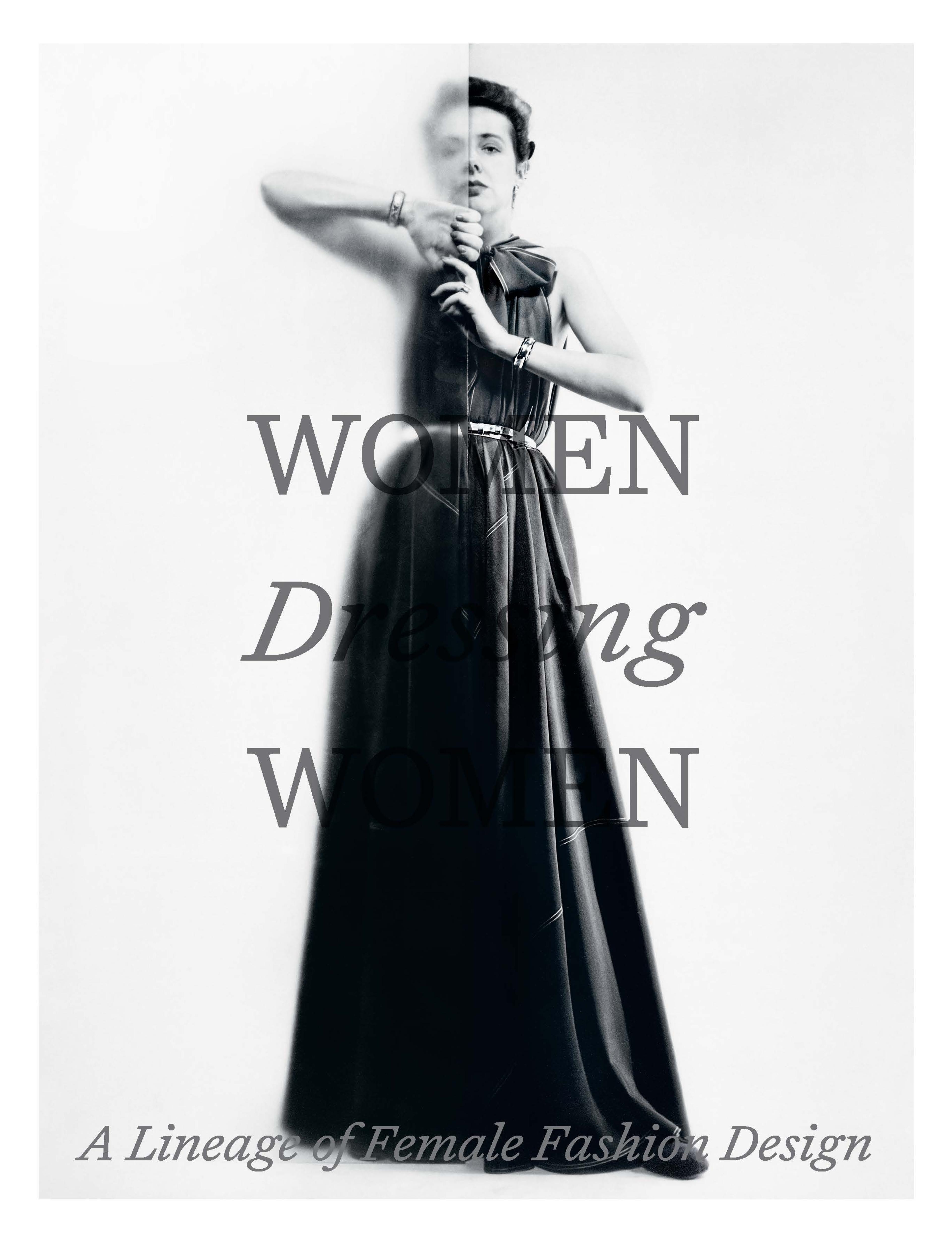Dress
In 1986, British designer Georgina Godley came out with her Lumps and Bumps collection, inspired by a study of African fertility dolls. Godley reacted against the muscular and hard ideal body propagated by 1980s feminism, by inserting padded underwear overlaid with a jersey stretch dress. Her surreal dilation of women's curves went against the two fashion images of the decade, the figure-boosting, stretch athletic wear and the more shapeless avant-garde gowns. She wanted the garments to be inhabited by the female form as an expression of fecundity and power. To construct the collection, Godley started from Barbie dolls, which she saw as a "distortion of the female form", and modelled clay on them until they felt right. This sculptural approach led her to develop padded shapes, which could be attached to the Lycra dress. Godley's background in fine arts infuses her designs with an art historical sensibility, offering an artistic “third option” for those women who want to upend the binary.
Artwork Details
- Title:Dress
- Design House:Georgina Godley (British, 1985–1999)
- Designer:Georgina Godley (British, born 1955)
- Date:fall/winter 1986–87, edition 2019
- Culture:British
- Medium:(a) viscose, elastane, polyester, cotton, polyamide; (b) cotton, Lycra, plastic (polyurethane foam), polyester, elastane
- Credit Line:Purchase, Friends of The Costume Institute Gifts, 2019
- Object Number:2019.433a, b
- Curatorial Department: The Costume Institute
More Artwork
Research Resources
The Met provides unparalleled resources for research and welcomes an international community of students and scholars. The Met's Open Access API is where creators and researchers can connect to the The Met collection. Open Access data and public domain images are available for unrestricted commercial and noncommercial use without permission or fee.
To request images under copyright and other restrictions, please use this Image Request form.
Feedback
We continue to research and examine historical and cultural context for objects in The Met collection. If you have comments or questions about this object record, please contact us using the form below. The Museum looks forward to receiving your comments.
